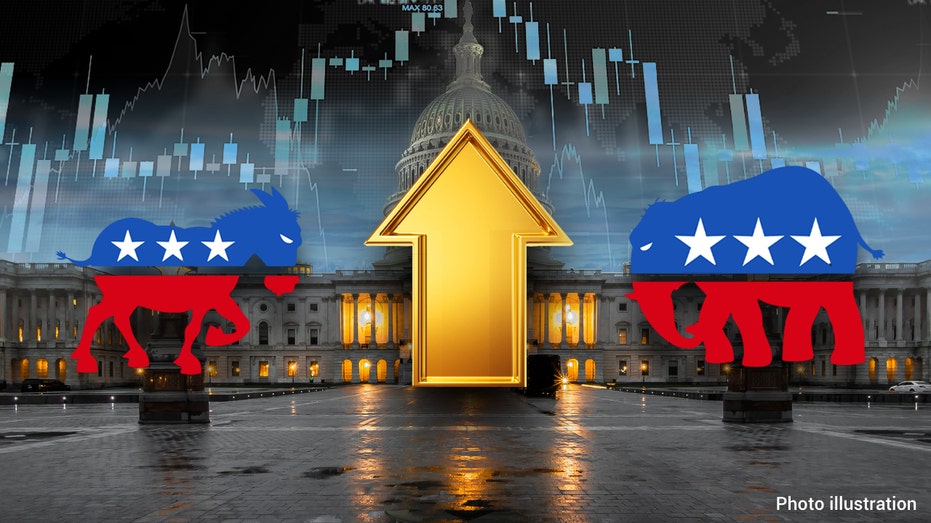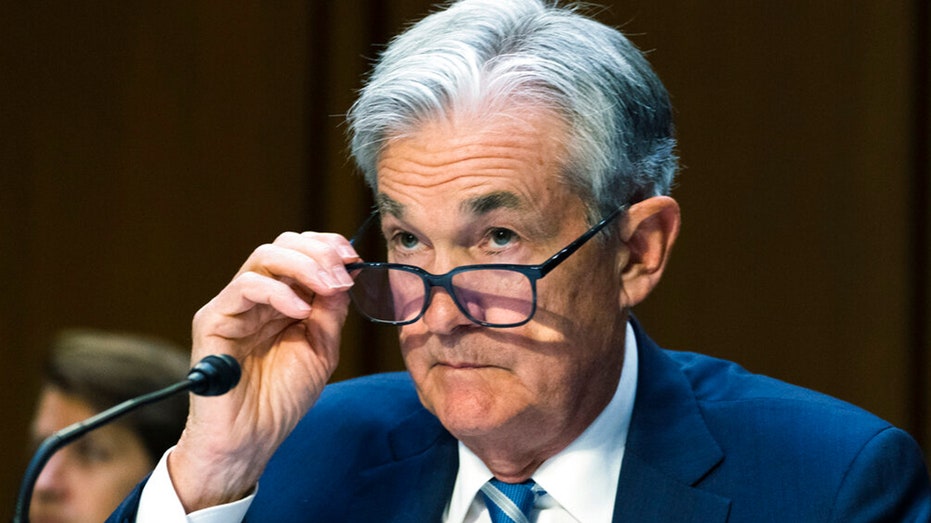RIA Advisors chief investment officer Lance Roberts discusses how the gap between the upper class and mid-lower classes is getting smaller.
Midterm election years historically have created a windfall for investors eliminating uncertainty.
Historically, three months or in 60 trading days, all three of the major market averages have gained, on average, between 6.4% and 9.2%, as tracked by Jeff Hirsch’s Stock Trader’s Almanac.
| Ticker | Security | Last | Change | Change % |
|---|---|---|---|---|
| I:DJI | DOW JONES AVERAGES | 33162.93 | +335.93 | +1.02% |
| SP500 | S&P 500 | 3827.68 | +20.88 | +0.55% |
| I:COMP | NASDAQ COMPOSITE INDEX | 10613.26555 | +48.75 | +0.46% |
However, this year the reaction may be more muted, according to Goldman Sachs.
“Most observers appear confident that Republicans will win a House majority. That expectation, along with the difficulty congressional Democrats had in passing a scaled-back fiscal package this year, has likely led to expectations that Congress will do little next year regardless of the election outcome” as outlined in a research note by the Head of the Global Investment Research Division Jan Hatzius and his team. The Senate is still too close to call as of election day, they added.
TRUMP GOING AFTER DESANTIS WAS A MISTAKE: WSJ MCGURN
Hatzius, who is also the firm’s chief economist, also says there will be macroeconomic impacts with a divided government. “The need to raise the debt limit in 2023 could lead to meaningful fiscal tightening in 2024, and divided government could make a fiscal response to a potential recession less likely to pass and smaller if it does,” the note detailed.
A Divided Government

Recession
With the U.S. in a recession, according to back-to-back declines this year in first (Q1) and second quarter (Q2) gross domestic product (GDP), any changes would be modest with possible fiscal easing. The Biden Administration has rolled out trillions of dollars in government spending so far during his term. The government’s budget deficit — the amount by which government spending exceeds revenues — was $3.1 trillion in fiscal year 2020, $2.8 trillion in fiscal year 2021, and it will likely be about $1.4 trillion in fiscal year 2022, which ended Sept. 30.
The Committee for a Responsible Federal Budget estimates this spending will add nearly $5 trillion to U.S. deficits from 2021 through 2031.
Inflation Hovers at 40-year High
If consumer inflation, hovering at a 40-year high remains at current levels, spending cuts could gain momentum, Goldman forecasted. The latest read on the Consumer Price Index is due Thursday and is expected to rise 6.4% in October.
Democrats Retain Control
If the Democrats retain control of both the House and Senate, Goldman Sachs expects to see more downward pressure on stocks with additional spending and tax hikes likely weighing on corporate earnings.

Federal Reserve Chairman Jerome Powell speaks to the Senate Banking, Housing and Urban Affairs Committee, while presenting the Monetary Policy Report to the committee on Capitol Hil June 22, 2022, in Washington. (AP Photo/Manuel Balce Ceneta / AP Newsroom)
Already, the battle to control runaway inflation has battered stocks with the Federal Reserve’s aggressive hiking of interest rates. In November policymakers raised the benchmark by 0.75% percentage points, the fourth same-sized hike and the sixth consecutive increase.
The S&P 500, the broadest measure of the stock market, has lost 20% this year.
While the tech-heavy Nasdaq Composite, more sensitive to rising interest rates, has fallen 33%.
Nasdaq Composite
.
And the Dow Jones Industrial Average is down a lesser 9%.


